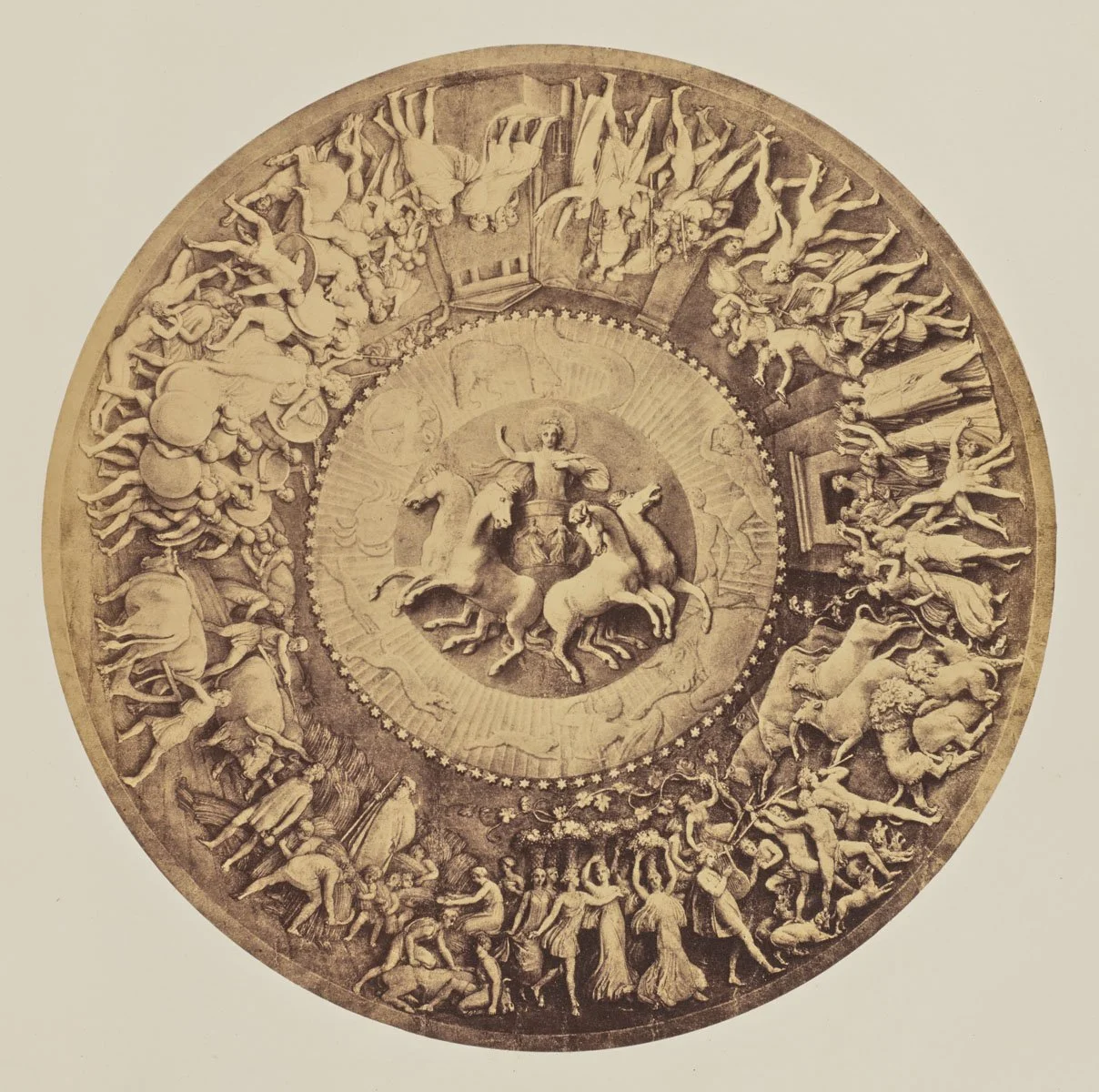Achilles' Shield and the Literary Tradition
By Mr. Tony Licari
This fall, students at Chesterton Academy of St. Finbar began their high school literary careers with the cornerstone of the Western canon: Homer’s The Iliad. The text can be challenging for numerous reasons—its form is unfamiliar, the subject matter is foreign, and the prose can be difficult to follow. Students are often surprised to learn that the two elements of the story they may be familiar with—Helen of Troy and the Trojan Horse—are relegated to the background or missing entirely. The story undercuts their expectations. Achilles smolders with rage as countless Greeks and Trojans die. The petty, deathless gods plot and scheme—more flawed than the mortals over whom they wield power. The question inevitably arises: “Why are we reading this?”
In 1952, poet W. H. Auden penned The Shield of Achilles, reflecting on his disillusionment with modern warfare and the modern world that birthed it. The source of Auden’s inspiration is Homer’s description of Achilles’ famous shield, forged by the god Hephaestus late in The Iliad. The ekphrasis of that bulwark depicts a scene very different from the gruesome fighting on the plains of Troy. A complete picture of Greek life emerges on the shield’s surface as the crippled blacksmith hammers, with Achilles’ mother, Thetis, watching on. One city is under siege, another immersed in a wedding; fields of grain and herds of cattle are surrounded by the tangle of vineyards; people are dancing and mourning. It is a vision of the Greek world beyond the bloody battlefield of Troy—one which Thetis laments her son will never see again.
The shield in Auden’s poem is set in ironic contrast to Homer’s description. Thetis is horrified to see not a beautiful world, but a cold, gray one with “sky like lead,” where a faceless multitude of soldiers march silently in mechanical lines. There is no romance in modern warfare—no beautiful Helen, cowardly Paris, or jealous Menelaus ranging to avenge his shame. No swift-running Achilles, flashing Hector, or cunning Odysseus capturing glory on a field of battle. Instead, Auden describes pale, nameless figures being led to a post by cruel executioners, while bystanders watch the horror helplessly. The brilliant bronze armor of Achilles has been replaced by the armor of mechanical warfare—iron and steel, brutal and loud.
It is in the liminal space between the two descriptions of Achilles’ shield that we are able to see the meaning of Auden’s work and reflect on the stark differences between those two world-changing conflicts, separated by eons.
But it is only possible to understand Auden’s Shield of Achilles—and countless other allusions throughout the Western canon—if the reader recognizes the source text from which the author draws his poetic inspiration. Without this foundation, Auden’s poem is at best a well-crafted rhyme. A literary curriculum based on the Western canon develops a vocabulary with which students can articulate an appreciation for the classics and the works that build upon them. With a love for Christ and an understanding of His Incarnation always in our minds, this foundation leads to conversations that are both relevant and timeless.
An unbroken line exists from Homer’s Iliad to Virgil’s Aeneid, to Dante’s Divine Comedy, to T. S. Eliot’s The Waste Land—a literary tradition unrecognizable to the average undergraduate. But to a student who recognizes the thread that runs through them all, it is a beautiful tapestry, hung in an all-but-forgotten room, waiting patiently for the next great poet to add to its timeless splendor.


